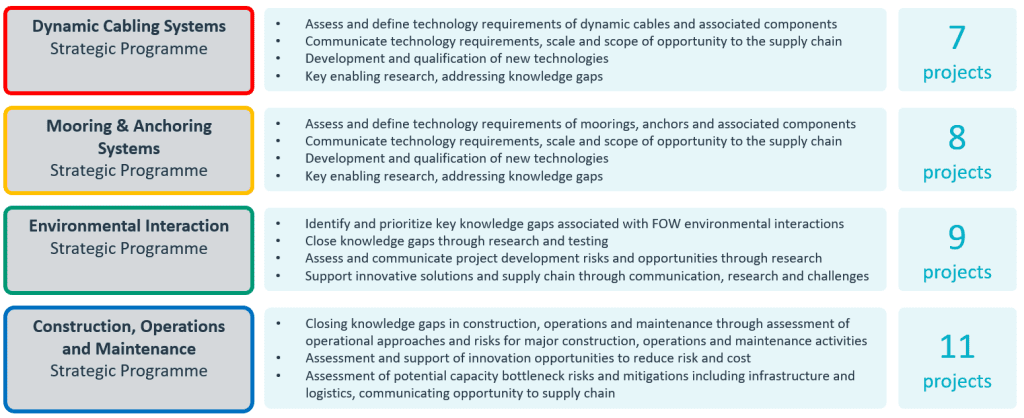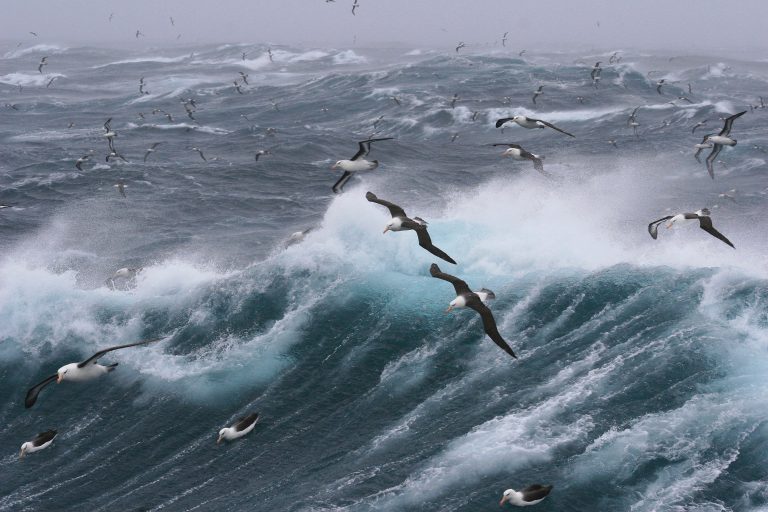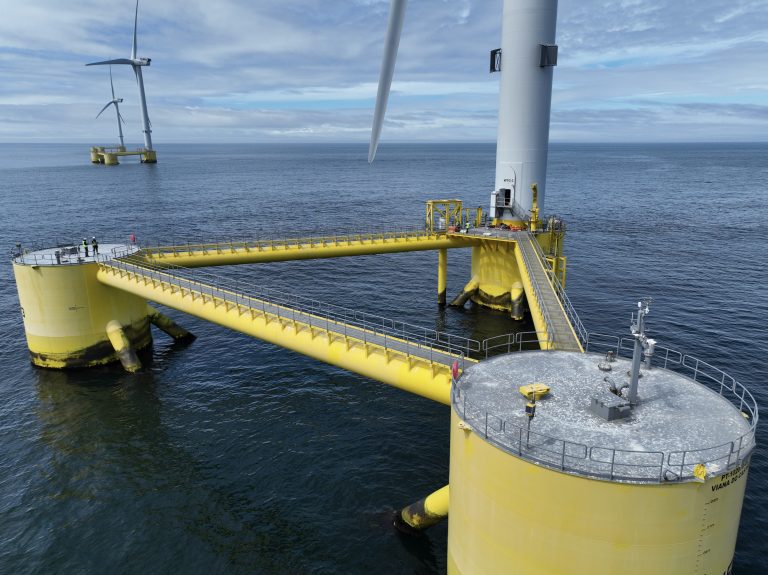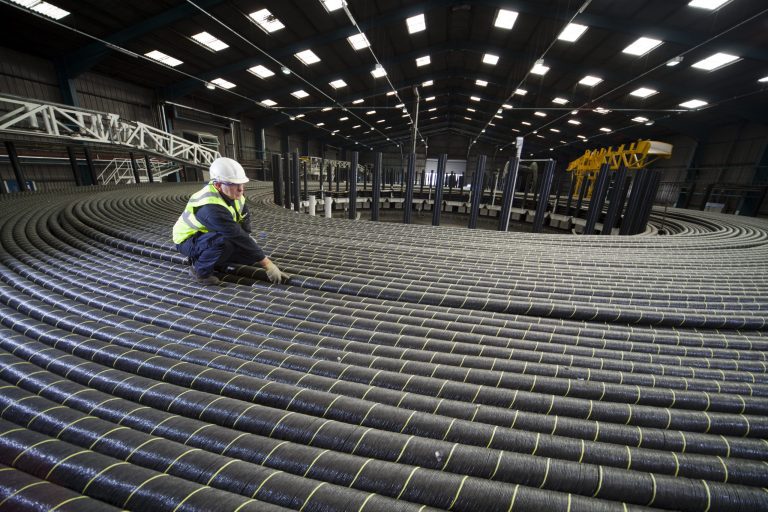Strategic
Programmes
Strategic Programmes
Strategic Programmes
The FOW CoE runs a range of strategic programmes, alongside its core work programme. These have been developed as large-scale, longer-term projects, which will deliver significant impact in specific high priority areas.
In 2023, the FOW CoE launched a number of targeted strategic programmes. Each will deliver significant medium-term (2-5 years) impact in specific high priority areas.
These strategic programmes are outlined below:



Strategic Programmes
Environmental Interactions
The UK’s leading role in floating offshore wind also presents opportunities with respect to environmental interactions. The FOW CoE is building a strong foundation of expertise in this field and has developed a clear “Environmental Interactions” roadmap which is continuing to be followed.

Strategic Programmes
Mooring and Anchoring
Mooring and anchoring systems are critical components in a floating offshore wind farm. The FOW CoE has done extensive work in this area, including examining state of the art technology, potential design requirements, market projections, and potential qualification frameworks.
Photo of the WindFloat Atlantic project courtesy of Principle Power/Ocean Winds


Strategic Programmes
Dynamic Cables
Dynamic Cables are a single point of failure in the turbine–substation system and hence cable system failures can result in expensive remedial works as well as downtime from multiple turbines. The FOW CoE has carried out extensive work on Dynamic Cables.

Strategic Programmes
Construction Operations and Maintenance
Through this Strategic Programme, the FOW CoE is supporting offshore wind developers and the wider industry to understand the unique challenges and opportunities associated with commercial-scale floating offshore wind.

The global opportunity is set to grow significantly, with potential for over 10GW of installed capacity by 2030
